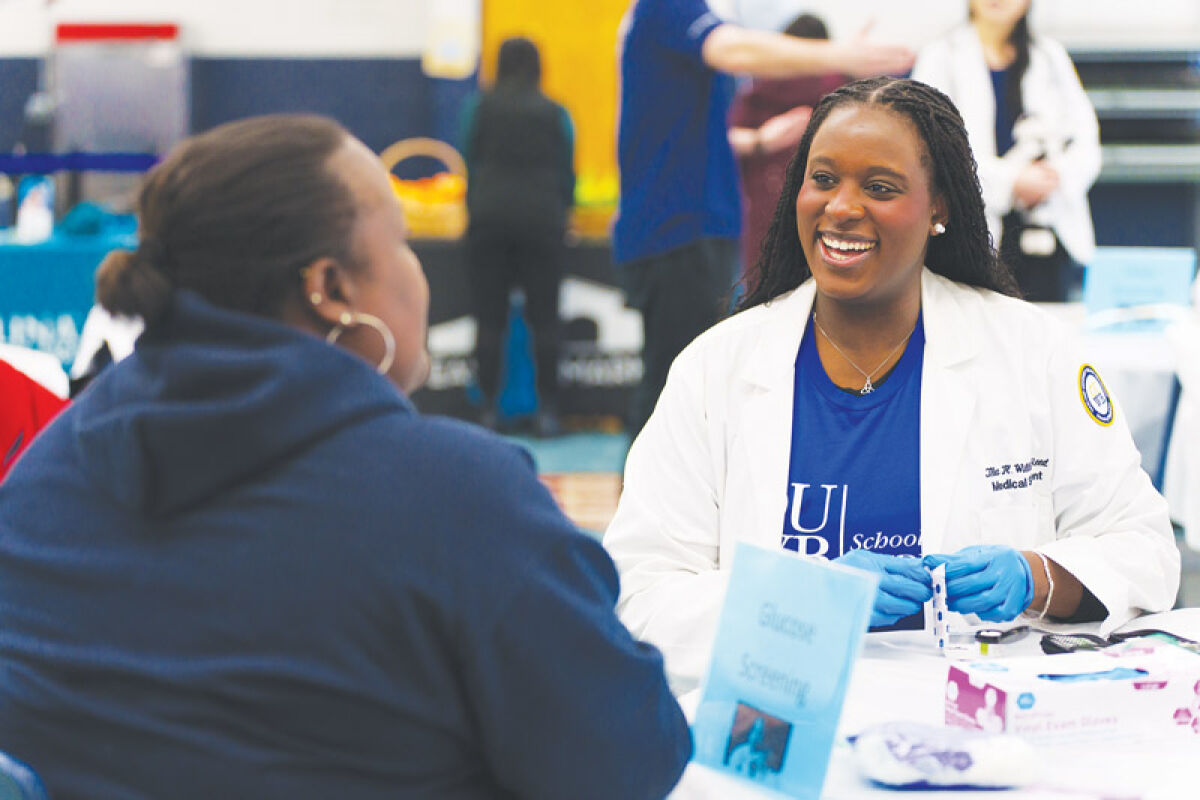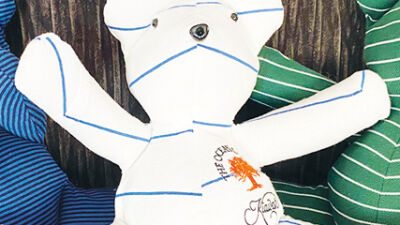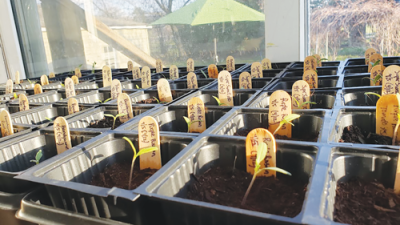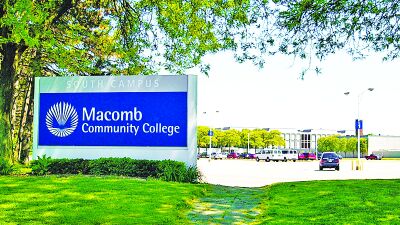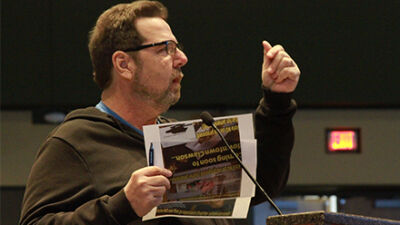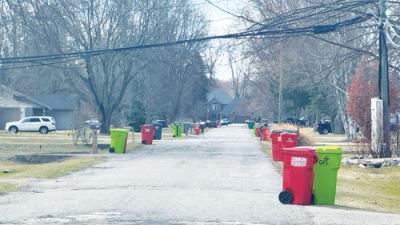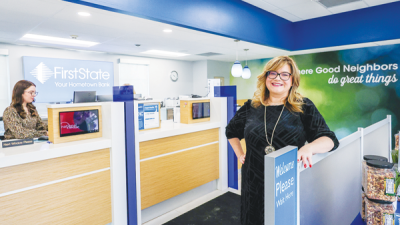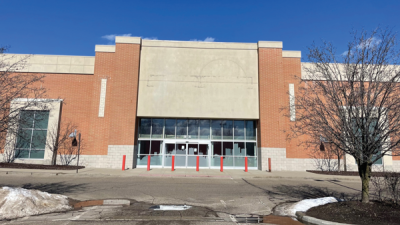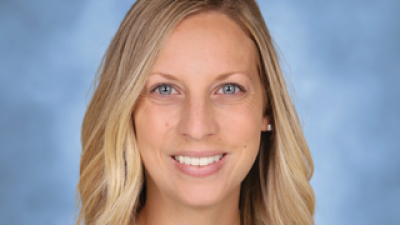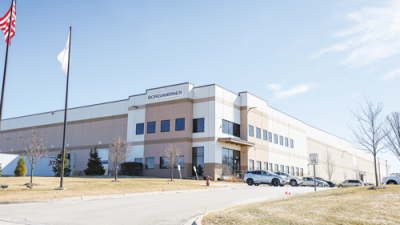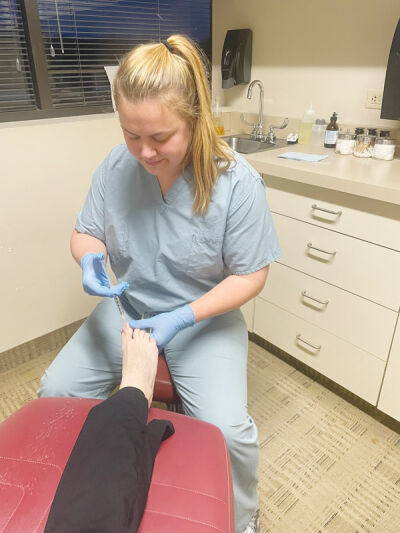
Dr. Megan Bergeron pursued a career in medicine as a podiatrist.
Photo provided by Dr. Megan Bergeron
METRO DETROIT — Despite differing reasons for entering the medical field, women have long played a role in the advancement of medicine.
For Dr. Tiffany Inman, her reason was her grandfather.
Whether he was picking her up from school or taking her to sporting events, Inman’s grandfather was the one who showed up for everything.
“When I was growing up, my grandfather was my favorite person in the world, and I think it was because he was a very young grandfather,” she said.
So, at the age of 7, when he stopped talking to Inman and his other grandchildren, it was heartbreaking.
“What we didn’t know at the time was that he had a congenital disorder that was eating away at his middle ear. At some point, his middle ear cavity collapsed, and part of his brain fell into his middle ear — he’s fine — but because of that, he stopped talking to all of his grandkids,” she explained. “When you have hearing loss, some of the hardest voices to hear are children’s voices. They talk fast. They are high-pitched. They talk about things you don’t know. They don’t look at you when they talk to you. So, he just sort of isolated. He would talk to the adults, but not us anymore, and as a child who doesn’t understand, that was just devastating.”
Once the family figured out what was going on, Inman was determined to make it easier to communicate with her beloved grandpa.
“When I found out it was because he needed hearing aids and couldn’t afford them, I made the resolution that I was going to fix this problem,” Inman said.
So she got creative.
“If I was talking to him and noticing he’s not really paying attention, he’s not really listening, I would get right up in his face and grab his cheeks and make sure he was listening. He wanted to participate, so that was a really important component. He wasn’t checked out. He just knew he couldn’t participate, so if I made sure he knew I wanted him to participate too, he would put in that effort. I would come face to face with him and raise my voice … and it worked. He still attended every game and everything,” she said.
Staying true to the goal she made as a child, Inman went on to pursue studying audiology and speech pathology in college. She received her doctorate in audiology from Western Michigan University in 2014, and from there she worked in various practice before opening her own private practice — Inman Audiology in Troy — in September 2020.
Last Christmas, Inman held true to her promise to herself and gifted her grandfather a pair of hearing aids.
“It felt like the smallest thing that I could do for him, because he has done so much for me in my life, so being able to do this was the easiest thing that I’ve ever done,” she said.
Inman has personally experienced tinnitus since the age of 6 or 7 and has worn hearing aids since 2014 to treat it. The way people experience tinnitus — which fills your ears with sounds no one else hears — varies. Some hear a tone, a white noise, a buzzing, a ringing or even a whistling.
“When I have a patient that comes in the door and says that they have tinnitus, and I disclose that I do as well, it becomes so much easier for them to explain what is actually going on in their head,” she said.
A love of science drove Dr. Megan Bergeron to pursue a career in medicine.
“Growing up, science was my favorite subject, so I figured I might enjoy something in the medical field,” she said. “It was always biology of some sort that I always thought was interesting.”
It wasn’t until high school, where she took a pre-medical course that allowed the class to visit different hospitals in the area and shadow various doctors, that she really solidified her career path.
After graduating, Bergeron went on to study human biology at Michigan State University, where she joined a pre-professional club with presentations from many different doctors.
“That’s when I heard about podiatry for the first time. Before that, I didn’t even know it existed,” she said, with a chuckle. “That summer I actually went and shadowed a podiatrist … and I liked how it was focused on one area of the body, and I was like, ‘All right, I like this.’ So I started looking into podiatry schools and applying.”
After earning her doctorate from Dr. William M. Scholl College of Podiatric Medicine, Bergeron returned to Michigan to complete her residency at Henry Ford Macomb Hospital in Clinton Township last July.
Bergeron currently provides care at Hosey & Murphy Foot & Ankle Centers in Clinton Township, Sterling Heights and Mount Clemens.
Every day, she said, brings a new challenge.
“We’re focused on the foot and ankle, but within that … there are so many different things we can do. We do surgery — whether it’s an elective bunion, an amputation for an infection, broken bones or things like that — we do wound care, and there’s even simple things like ingrown toenails. It’s a variety,” she said. “There’s some very straightforward cases, there’s some very complex cases, and then, within all that, it’s a good combination of seeing patients in clinic and surgery, so it keeps things interesting.”
One of her favorite parts of the job is interacting with and helping her patients.
“It’s a really gratifying feeling knowing you’re helping people and making their day better — whether you are doing something small, like trimming their toenails, or something big, like fixing their broken ankle. No matter what you are doing, it’s helping them and making their day better. It feels good.”
Since COVID, Abhinav C. Krishnan, the associate dean for admissions and enrollment management at Oakland University William Beaumont School of Medicine, said medical schools across the nation have seen an increase in female applicants.
“What is remarkable is we are actually seeing a skew of more female applicants than we are male applicants. … Prior to the pandemic, it was almost a 50/50 split, and following the pandemic, we started to see this skew toward women,” he said.
OU school of medicine is an approximate 60% female to a 40% male ratio.
Krishnan says the medical school has experienced an overall increase in women accepted into the school over the past four years, with a female to male ratio of around 58% to 60% for students in their fourth year, 69% to 47% in their third year, 77% to 47% in their second year and 74% to 50% in their first year.
“It’s this insane skew that’s been happening,” he said. “It’s been a national trend for a while now, in terms of women in medicine. For us to find men to apply to medical school and come here, now they are a rarity.”
Bergeron encourages other women to pursue their dreams, whatever they might be.
“If you find something you love, don’t stop yourself from going for it,” she said. “If there are hurdles in your way, there are always people that are there to help you and support you.”
 Publication select ▼
Publication select ▼